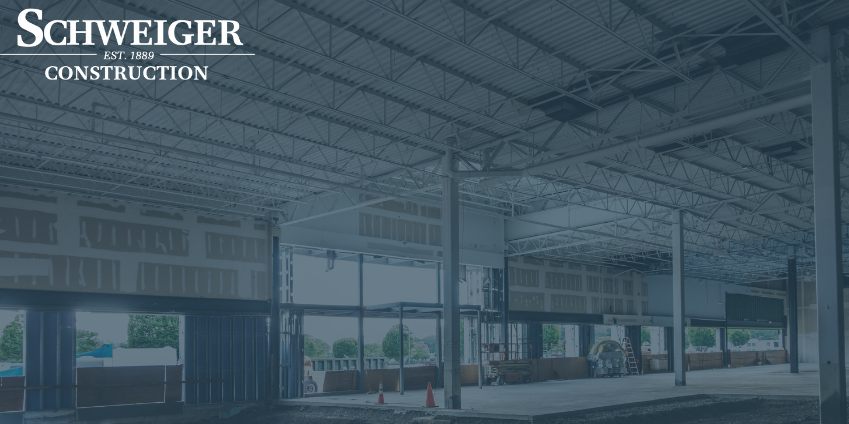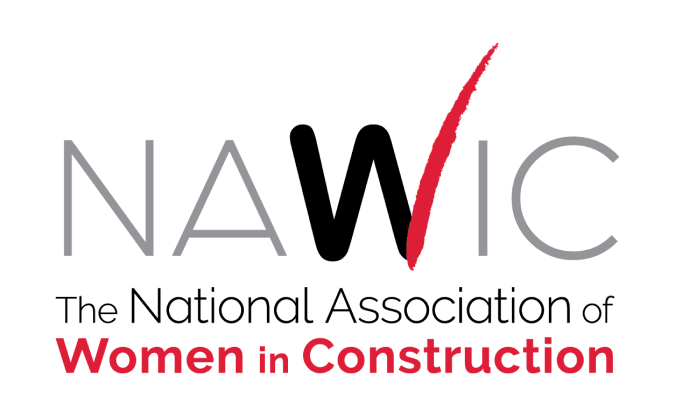Have you ever walked past a warehouse in the heart of the city that was once neglected but is now alive as a bustling marketplace? This transformation highlights the value of repurposing infrastructure, a trend that is changing our communities for the better. At Schweiger Construction, we have seen countless underutilized properties turn into beautiful, thriving spaces that bring new life to neighborhoods.
Financial Benefits of Renovation
When it comes to construction, making smart financial decisions is crucial. The choice between tearing down a building and renovating an existing structure isn’t always straightforward. In fact, recent data from the American Institute of Architects shows that renovation projects are more popular than new construction for the first time in 20 years. This shift proves what we’ve known for years, revitalizing existing buildings can often be a better financial choice.
Consider the advantages, the basic structure is already there, and zoning regulations are usually established. Plus, there are often tax incentives available for renovating historic properties, such as the Federal Rehabilitation Tax Credit program, which has helped many projects move forward.
Environmental Responsibility
The construction industry has made significant strides in sustainability, with innovative approaches that dramatically reduce environmental impacts. For instance, green building techniques have shown that newly built energy-efficient structures can start making positive environmental contributions much earlier than before. By incorporating renewable energy sources, recycled materials, and eco-friendly construction practices, developers are now minimizing the carbon footprint from the start. According to studies from the U.S. Green Building Council (USGBC), green building practices can reduce construction-related emissions by up to 50%, enabling buildings to offset their environmental costs much sooner, contributing to a more sustainable future. This is an important factor for developers focused on sustainability.
For Example, in 2018, the Environmental Protection Agency (EPA) estimated that 600 million tons of C&D debris were generated in the United States with a significant portion of this debris now being recycled or repurposed. By repurposing existing buildings, we not only preserve our architectural history but also reduce waste and lessen our environmental footprint—one brick at a time.
Celebrating Neighborhood Histories
Every building has a story, whether it was once a busy factory or a favorite department store. By restoring these structures, we honor their histories while creating new opportunities for the future.
We have seen many times how renovated buildings can help revitalize neighborhoods. As new businesses open, property values rise, and jobs are created, the positive effects spread throughout the community.
Of course, updating historic buildings comes with challenges, such as fixing drafty windows or outdated insulation. However, modern construction methods allow us to keep the character of these buildings while adding comfort and efficiency. This approach blends the charm of the past with today’s needs, benefiting everyone involved.
Building Tomorrow by Saving Yesterday
At Schweiger Construction, we are passionate about these transformation projects. Our excitement comes from recognizing the potential behind every boarded-up window and worn facade. We enjoy the challenge of combining traditional craftsmanship with modern requirements because we believe that the best buildings are those that already exist.
Are you curious about the possibilities in that old building you’ve been considering? Reach out to us, and let’s talk about how we can help turn that hidden gem into your next success story.





